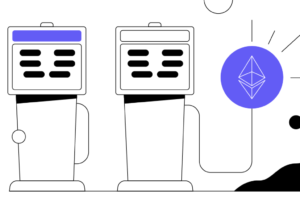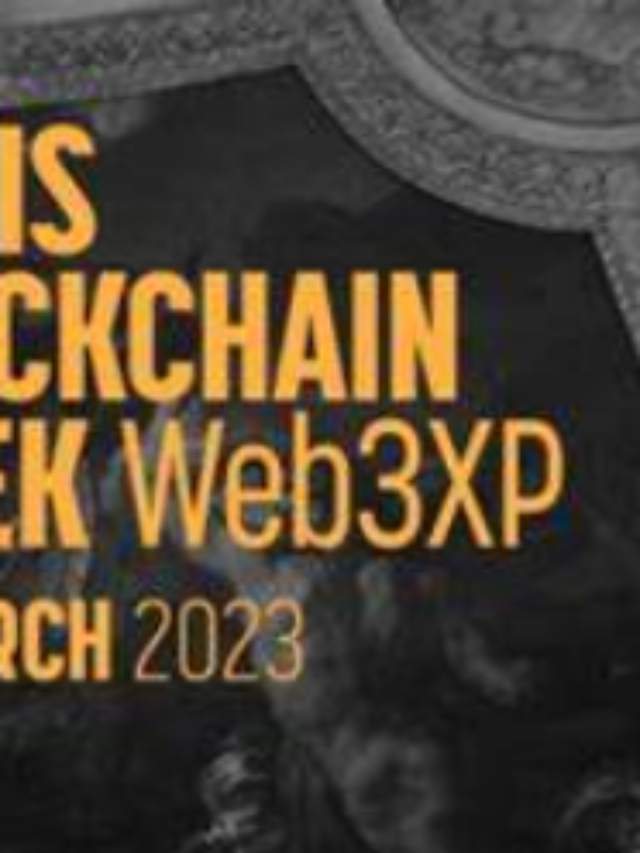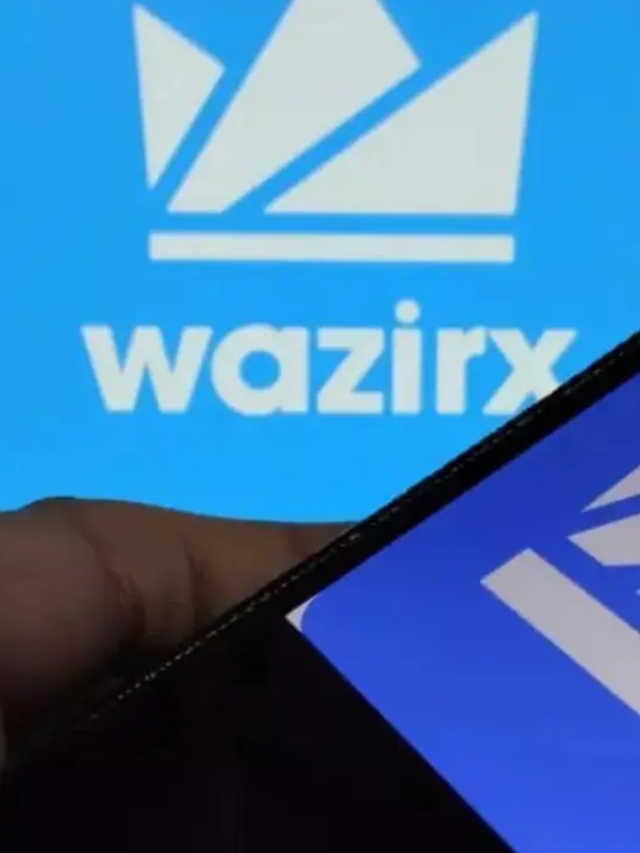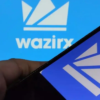Cryptocurrencies have revolutionized the means through which we conduct transactions. Ethereum is among those well-known players in the digital world of currencies. This relatively new world now faces what is considered its major problem: high Ethereum gas fees. These are fees that one pays when conducting any kind of transaction on the chain, and lately, they have gone up high.
In this article, we shall look into why Ethereum gas fees are increasing, what it means for you, and how you can handle it. What’s more, whether a crypto-newbie or an experienced investor, it is really important to ensure that gas fees are well understood as part of managing one’s digital assets.
What Are Ethereum Gas Fees?
Ethereum gas fees refer to the cost a user pays in transaction fees to perform a certain action on the Ethereum blockchain. Such actions may include sending ETH to someone else, trading a token, or even interacting with a dApp. Simply explained, gas fees are the usage costs of the Ethereum network.
You pay a fee when making a transaction; it goes to the miners. Miners, in essence, validate and process transactions on the blockchain. They commit computing power to solving intricate problems and keeping the network secure. The gas fees are somewhat of a reward for them. But why have these fees suddenly gone high?
Why Ethereum Gas Fees Are Skyrocketing
High Ethereum gas fees can be traced back to a set of influences:
Network Congestion
Ethereum has grown very popular. Scores of users and developers are building and using decentralized applications on it. This has also meant congestion on the network. Where many transactions are trying to be processed at once, the users end up competing against each other in trying to get their transaction processed. This increases gas fees because miners make a preference for higher-paying transactions.
Boom in DeFi and NFTs
DeFi and NFTs have recently gained massive traction. DeFi and NFT applications rely heavily on Ethereum’s blockchain. The demand to process DeFi trades or mint NFTs has added even more traffic to the network. When users go into a rush to interact with these platforms, the price of gas climbs even higher due to the increased demand.
Limited Block Space
The number of transactions that an Ethereum block can contain is limited. Once it fills up, there’s only so much space a block can hold. If demand far outpaces available space, gas fees skyrocket. It’s like trying to find a ticket to a sold-out concert: supply goes up because there’s not as much supply as there is demand trying to get in.
How Do Ethereum Gas Fees Work?
The two components for calculating Ethereum’s gas fee are the gas limit and the gas price. Let’s break these down:
Gas Limit: The maximum amount of gas you’re willing to spend to go through with a transaction. Every single action on a blockchain takes a certain amount of gas.
Gas Price: The gas price is the price one is willing to pay for each unit of gas. The unit of measurement is in “Gwei.” The higher your gas price is, the faster your transaction will go through.
That means if you set the gas price too low, then your transaction may remain in a queue for a longer period of time. In reverse, setting a high gas price definitely ensures that your transaction is being processed as soon as possible. However, during those peak times, even high gas prices may turn out to be too low because of congestion.
The Influence of High Ethereum Gas Fees
The high Ethereum gas fees are having two important implications for its users:
1. Costly Transactions This would make some simple transactions very expensive to the ordinary user if the gas fee is high. In such a context, sending small Ether or trading tokens with a fee that is nearly as high as the transaction will raise a question if it is even worth doing in the first place.
2. Slowed Adoption
High fees could scare new users away from adopting Ethereum. Those who are curious about blockchain technology may not get involved with using the network simply because of the huge costs it bears.
3. Dev Issues
Developers have their own host of problems while building on Ethereum. dApps need users, but pretty understandably, a smaller number of people are ready to use the dApps when the gas fees go up. Thus, it prevents them from developing the decentralized ecosystem.
How Can You Lower Ethereum Gas Fees?
While you cannot avoid increasing the gas fees, here are some ways you can do with minimum fees:
1. Opt for off-peak hours
Other tips include the fact that gas fees change throughout the day. If you’re not in a rush, do your transactions during off-peak hours when very few people are on the network. This can surely save you from high gas fees.
2. Use Layer 2 Solutions
Solutions of Layer 2 are built atop Ethereum to help reduce congestion. This means platforms such as Polygon or Arbitrum may be able to offer faster and cheaper transactions by processing them outside the main Ethereum network; once completed, the results are then posted back to Ethereum’s blockchain.
3. Set gas price manually
Some wallets will even allow you to set the gas price yourself. In this way, you can save money by reducing the gas price, but remember that doing so will take longer to process. You can check out gas price tracking tools showing you when the best times to lower your gas price are.
4. Wait for Ethereum 2.0
Ethereum is in the middle of a dramatic upgrade, known as Ethereum 2.0. It migrates Ethereum from the Proof of Work consensus algorithm into Proof of Stake. The Proof of Stake system is more efficient and continues to reduce the energy consumption and lower transaction costs of the network. Ethereum 2.0 claims to help lower gas fees over the long term by improving the scalability of the network.

Ethereum Gas Fees
How Ethereum 2.0 Could Solve the Gas Fee Problem?
Ethereum 2.0 will attempt to fix this highly volatile gas-fee problem by making a few enhancements. The major changes include “sharding.” Sharding will basically divide the Ethereum blockchain into small pieces of data called shards. This will enable the network to process more transactions simultaneously, hence causing less congestion and lower fees.
Another essential feature in Ethereum 2.0 is its migration to Proof of Stake. In the process, users, now called validators, will stake their Ether to participate in maintaining the network secure and validate a set of transactions. This reduces dependence on highly energy-consuming mining and lowers the overall cost of operating the network.
Should You Worry About Ethereum Gas Fees?
For now, the high gas fees of Ethereum are a concern for both users and developers. Being an occasional user entails monitoring the market and timing transactions in low-demand periods. In the long run, problems like these may be solved by Ethereum 2.0, but until then, one needs to become strategic with how you handle your digital assets.
This would help the developers use the Layer 2 solutions or find other blockchains to reduce the high costs of Ethereum and retain user interest in their applications. It goes without saying that Ethereum’s network still retains much value despite the high fees across the network. The community is working to bring onboard feasible solutions that will see the platform affordable for use by anyone.
Conclusion
Ethereum gas fees have been a pretty touchy subject in using the network. However, though these have increased due to congestion, DeFi, and NFTs, still there is some room for maneuvering on cost management. Ethereum 2.0 promises so much as a remedy, but for now, users have to be more considerate of when and how to use the Ethereum blockchain.
By understanding how gas fees work and applying smart strategies, it’s still possible to take full advantage of Ethereum’s vast ecosystem while keeping costs at bay.



















